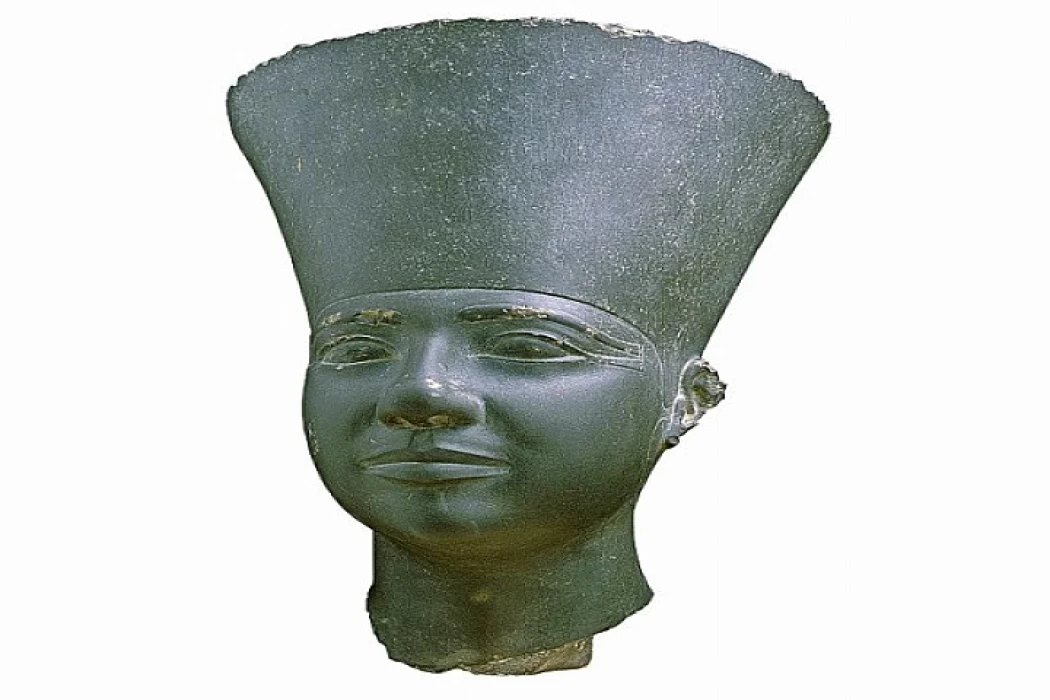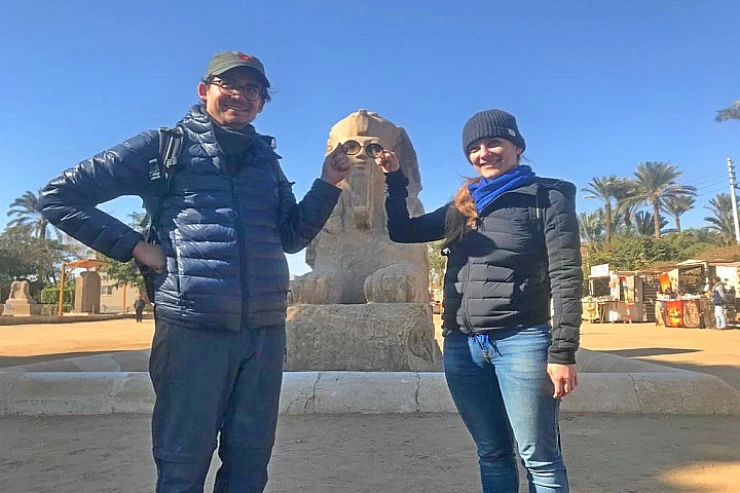
The Fifth Dynasty of Ancient Egypt History
Things to Know About the History of the Fifth Dynasty in Ancient Egypt
Tales and secrets revealed by the ancient Egyptian through his great civilization of thousands of years, and still dazzling the world so far, every now and then a mystery of centuries-long history is solved, some recorded on the walls of temples in the time of ancient Egyptian writing and others not yet recorded, but revealed by archaeological treasures emerging from the earth's subsoil.
The Fifth Dynasty, which was characterized by a religious tendency represented in the increase in the influence of sun worship, and the first ruler of this dynasty was King Sarkaf, and the information known about this king is not much, as before he assumed the throne of the king he was a high priest of the town of Ain Shams, as stated in the “Westcar” paper that was written about a thousand years after his death, and it seems that his rule did not last long, and it is possible that he did not rule more than seven years.
Behind the throne of King Suharr, Sarkav is not known exactly to him. He is said to be his brother and a warlike monarch. On the Sena peninsula, he was found on a plaque in which he wore a tribal face crown, as well as found inscribed in his name in Thomas.
After the death of Suhoro, King Nefer Er Ka-Ra took over the throne, and the days of his pyramid and the temple he built for himself in Abu Sir have only left us some blocks inscribed with the titles and names of some of his contemporaries, the name of his temple “the seat of the beloved Ra,” and the name of the pyramid “Nefer Er Ka-Ra” appears, and the monuments found after him indicate that he was a favorite king among his court.
Then comes the pharaoh "Mankauhar", all that is known according to the ancient encyclopedia of Egypt of Dr. Salim Hassan, that he sent a campaign to the Sena peninsula but that its inscriptions found most of it shattered, the remainder of which was: "Haur Monkhou" King of Tribal Face, and Face "Man" ManKkauhouhar" giving life and forth of life and forth.
After “Minka and Harar” came King Zed Ka-Ra (Isisi), and we do not know the relationship between them, and it seems that Isisi's era was an era full of great deeds.
In the eyes of history, Wannas is considered the last king of the Fifth Dynasty and one of its greatest kings, and he remained holding the scepter of the king for about thirty years, and his fame in our eyes is limited to his pyramid that he built in Saqqara, and his burial chamber containing his coffin was found inscribed all its walls with spells and religious prayers, which were intended to preserve the deceased in the afterlife.















